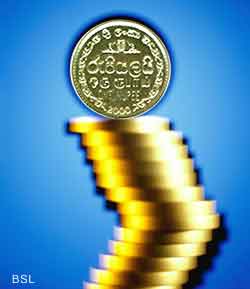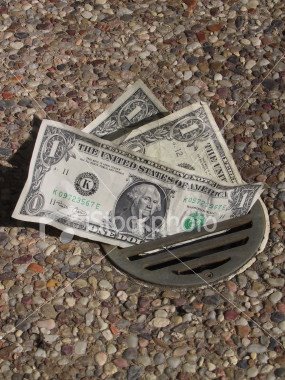
The cartel is set to cut 1 million barrels of production but that may actually force prices lower in the long run.
Furthermore, the cut by OPEC could actually come back and haunt the cartel later since it gives the world more of a cushion against further output disruptions in the future.
Initially, news of the planned cut last week sent prices rising back above $60 a barrel. But prices have fallen back since then, to about $58 Wednesday, as OPEC ministers bicker over exactly which nations should cut how much, and when they will do it.
Most analysts believe a cut is coming soon, and Qatar's oil minister said that "there is no objection" and that it could happen within the next two or three days.
Analysts had long predicted OPEC would cut production if crude oil sank into the $50s, especially since autumn is typically a season of low demand. The decline has come as economic growth has slowed and supplies swelled to levels above or well above average for this time of year.
Analysts said the biggest reason OPEC, which currently supplies better than a third of the world's 84 million-barrel-a-day habit, will likely cut production is because it can.
The global economy has continued to grow despite oil's record run. And demand, while slowing, continues to rise.
They are all enjoying the largesse of higher prices, and they see the global economy can handle it so far."
But for OPEC there are dangers to this strategy.
First, by keeping prices in the $60 range, OPEC is encouraging oil production in other, more expensive places, thus continuing to add to supply.
Second, higher prices encourage conservation and the development of alternative fuels, like ethanol or fuel cells, which could ultimately reduce demand for oil and drive prices lower.
And lastly, by taking 1 million barrels a day offline, OPEC is essentially adding that amount of oil back into a "reserve" that could be tapped in case of a supply disruption.
It was this fear of a supply disruption at a time when oil production was barely able to keep up with demand that is partly responsible for the jump in oil prices over the past four years: Crude prices have tripled since 2002.
"Potentially, it will take away some of the fears. This is taking a significant production cushion and putting it just offstage."
John Kilduff, energy analyst at Fimat in New York.
Not everyone agrees with that view.
While OPEC will no longer be pumping at full capacity, there is still little room between what the world consumes and what it is able to produce.
"We still have that fundamental issue, If we had a supply disruption it would really tighten up the markets in a hurry."
Brian Hicks, co-manager of the Global Resources Fund at U.S. Global Investors.










